The Aroma of Roma
Six o’clock in the morning. Ten hours since I landed in the city of passion — Rome — eight hours since my kind taxi driver agreed to detour through the famous ‘Ring’ so I can feast my eyes on the gigantic Colosseum lit by night.
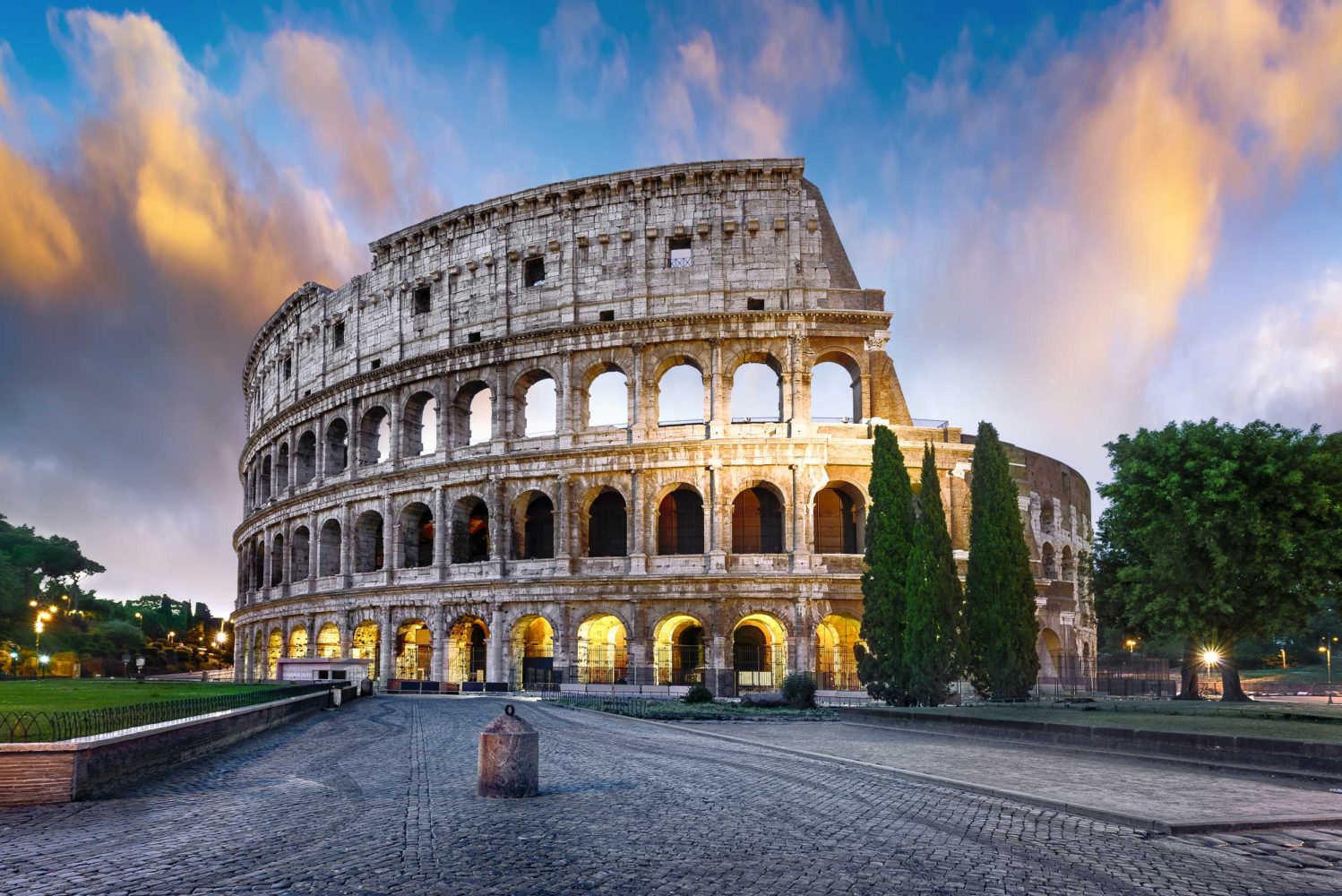
I am high on adrenaline, gazing from the bus at streets sprinkled with ruins and antiques, thousands of years old, amused at the thought of the 1822 Mission House in Kerikeri priding itself as the oldest stone building in NZ. There are more monuments here than rubbish bins, what glory.
Tomorrow I will see everything. The underground cells from where the wild animals were released into fights, the halls, balconies and corridors, the Roman Forum, the marketplace. I am booked with the excellent Roma Experience Tours, they will cater for all my tourist needs. But this morning I am taking a 2.5-hour train ride to the countryside to visit a friend.
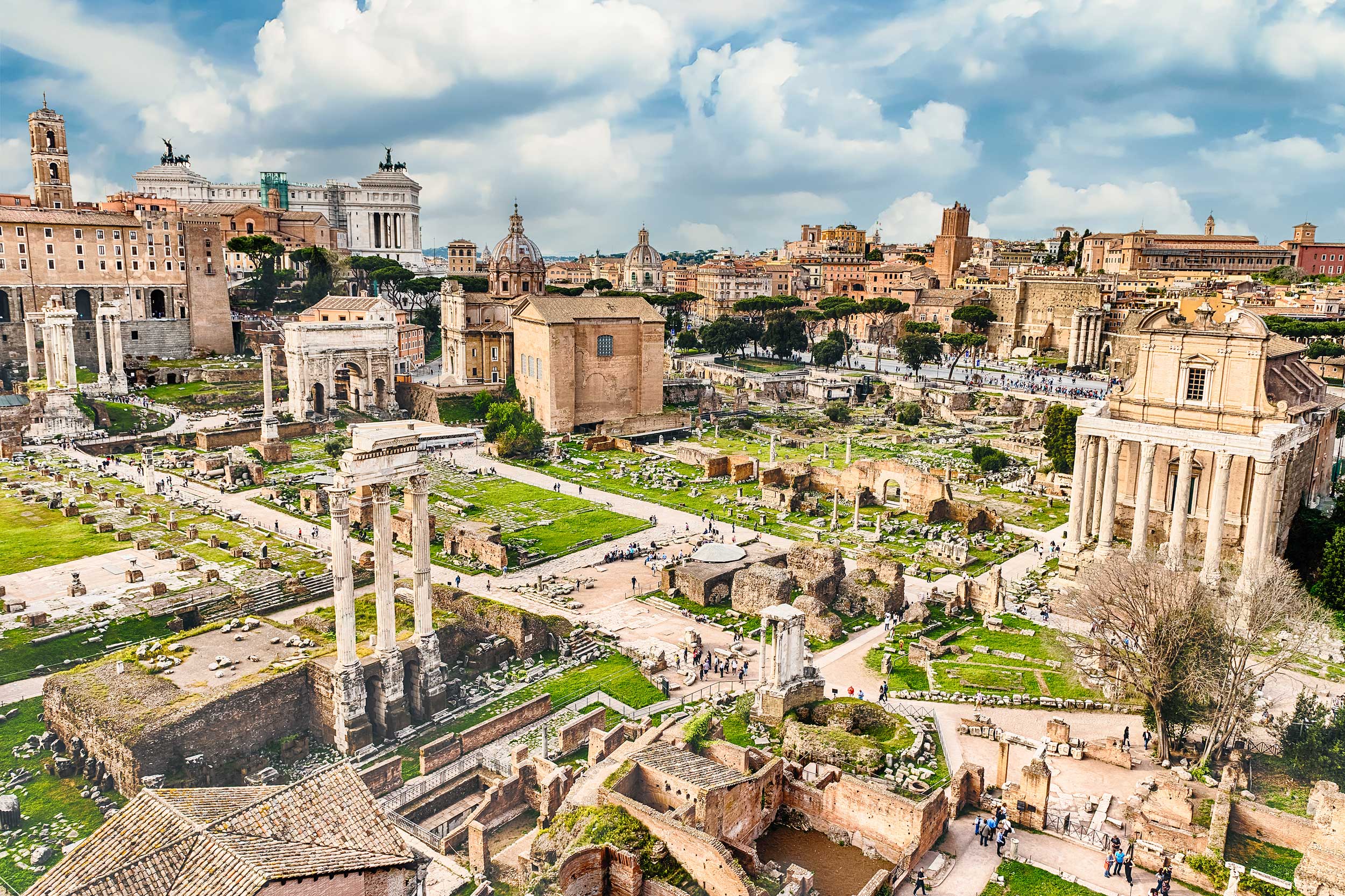
I arrive cheerful at the Termini two hours early, plenty of time to find the ticket booth and the platform. But before I know it I am in total chaos, dubious faces preying on me, offering help while obviously after my money. No clear signs, no proper English. Alas, I feel attacked and caged. Can I find the gladiator in me to survive the wild animals trying to skin me off already? I hold my purse tight to my chest and somehow manage to buy a ticket. At the last minute I board the train.
Relieved, I doze off at the sights of sunflower fields and peaceful neighbourhoods. But twenty minutes later a conductor screams at my face in juicy Italian, her hand stretched out with my ticket:
“Cinquanta Euro!”
“Fifty,” — translates the passenger next to me.
“What? Why?”
“You didn’t validate your ticket.”
“Validate? Where? How?”
“Machine. Now you have to pay a fine.”
“How could I know? There was no sign, no indication, it’s my first day in Italy!” I argue.
A shower of Italian words pours out, I hear polizia mentioned. Suddenly the conductor continues on her way and disappears. I am anxious: when is she coming back for me? She never does, probably enjoys leaving me worried for two hours. I learn something about Italians: they don’t let you win an argument.
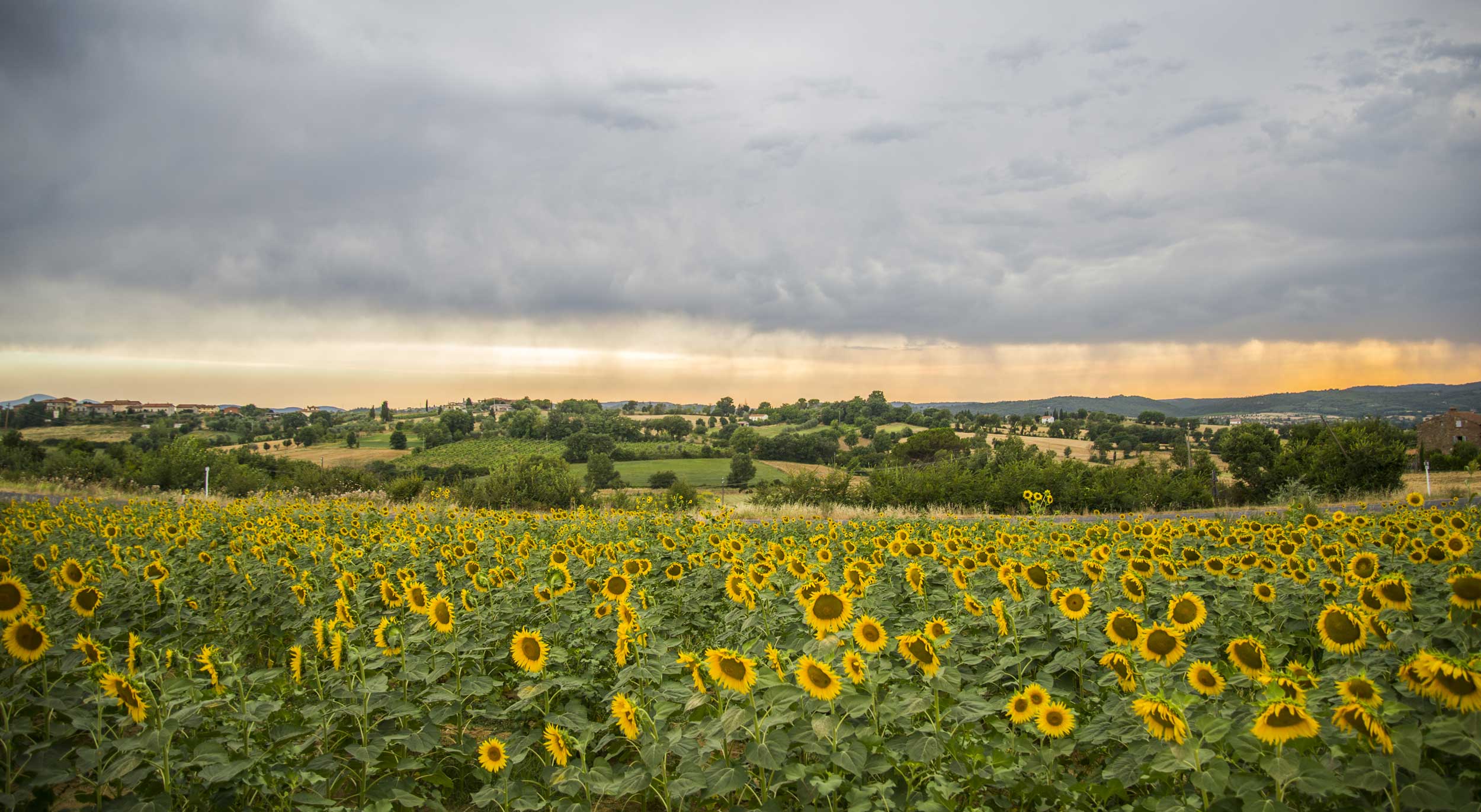
I get off at the final station and my friend drives me to paradise. Lush hills, vineyards, citrus trees, butterflies and birds.
Back in Rome by 5pm my taxi gets stuck in a huge traffic jam. I am late, late, late. Surrounded by loud horns, exhaust fumes and continuous shouting I feel so nervous I almost open the taxi window and yell out myself. Yet the minute I arrive at my destination I am again in heaven, this time dreamily wandering around elegant Villa Borghese, melting in front of the white marble sculptures of Baroque master Bernini who knew how to ‘fold’ the hard stone as if it was butter.
I am beginning to grasp you, Rome, city of extremes. Chaotic and charming, bewildering and hypnotic, crazy and tranquil.
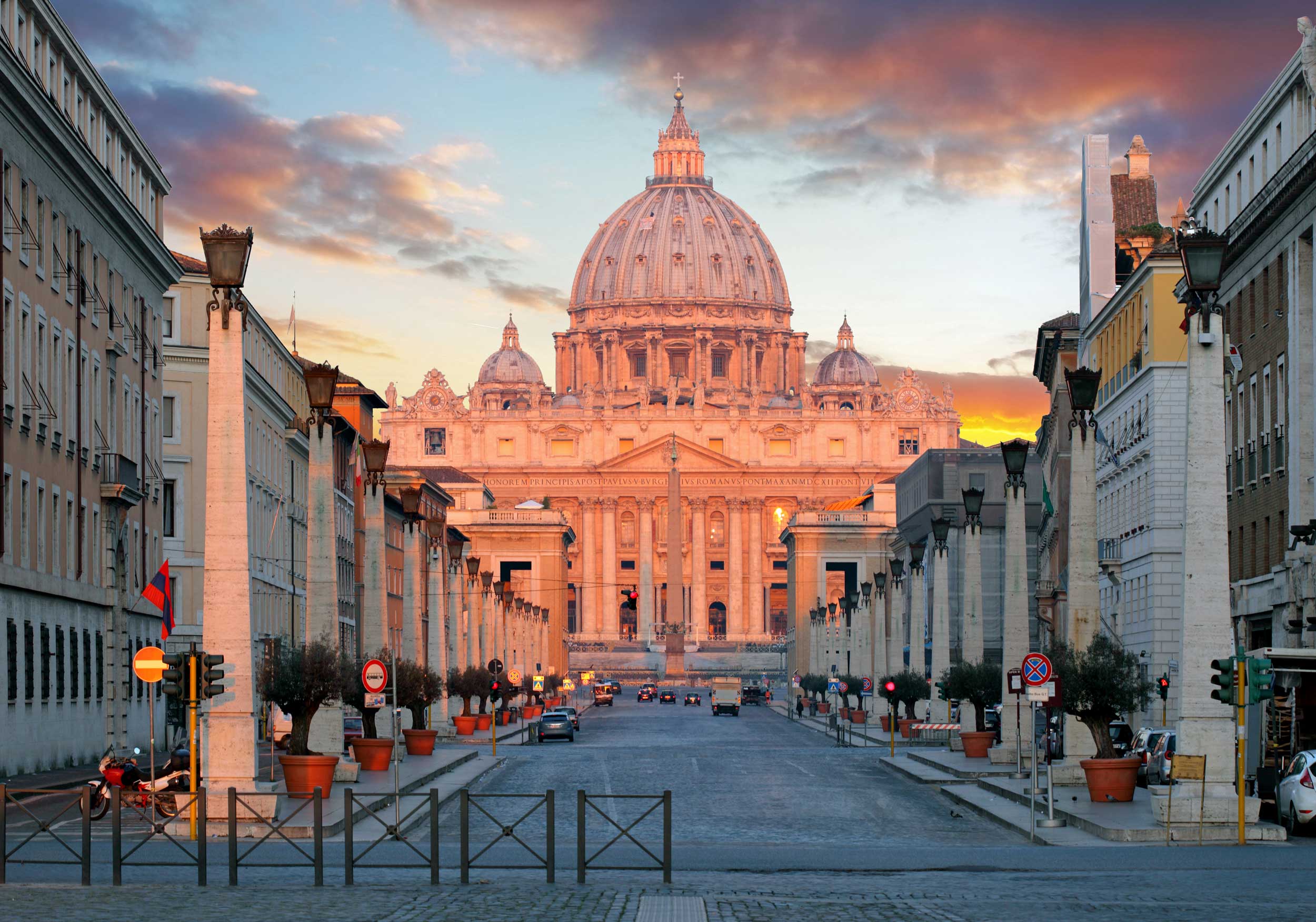
I love it that I can walk all morning inside graves, then hop from the Catacombs to the sacred St. Peter’s Square to see the Pope. I love being able to admire delicate decorations made from human skulls and bones of 4000 monks, then jump from the eerie Bone Crypt to the holy Vatican and sit in awe under the Sistine Chapel. How special it is to pave my way from Piazza Navona to the Spanish steps among partying crowds and street performers and find myself in front of the enormous dome of the Pantheon — not even meaning to go there, just stumbling across it…
I roam the streets of Rome. A kaleidoscope of sights, historical ruins adjacent to contemporary designs, fountains and pillars besides modern architecture, ancient stones on sidewalks of glamorous shops. Old and new are mumbled jumbled together in a city built on top of many cities.
At lunchtime I indulge in a picnic of summer fruit on the lawns of the ancient Caracalla Baths and let my imagination sail away to sixteen hundred naked bodies who used to bathe together in this vast Roman complex.

And if this is not enough to ignite vivid images of a time traveller, a trip to Pompeii, the city that was buried for over 1500 years under a crust of volcanic ash, is sure to do that. On route I stop in Napoli’s world famous Archaeological Museum to see the well preserved items recovered from the Pompeii excavations, including a separate little erotic section of phallus artefacts. A pleasant boat ride reveals stunning views of Naples retreating in the distance and Mt Vesuvius drawing near as the Alilauro ferry approaches Sorrento, the gateway to Pompeii.
My tour guide has an impressive belly and an even more impressive knowledge. He walks around the narrow lanes of the city, sometimes referred to as the City of Sin, as if he himself was part of the hedonism of that time. However, he has a valid point when he explains that the lifestyle of feasts and celebrations of the rich inhabitants which is evident here was not unique to Pompeii — it was probably a typical Roman lifestyle, except in Pompeii it was frozen in time. Due to the lack of air and moisture underground, the entire city was preserved, encapsulated at the time of its destruction. It was slowly peeled away street by street, house by house, room by room, wall by wall, exposing frescoes and objects that give an unprecedented insight to everyday life at that time.
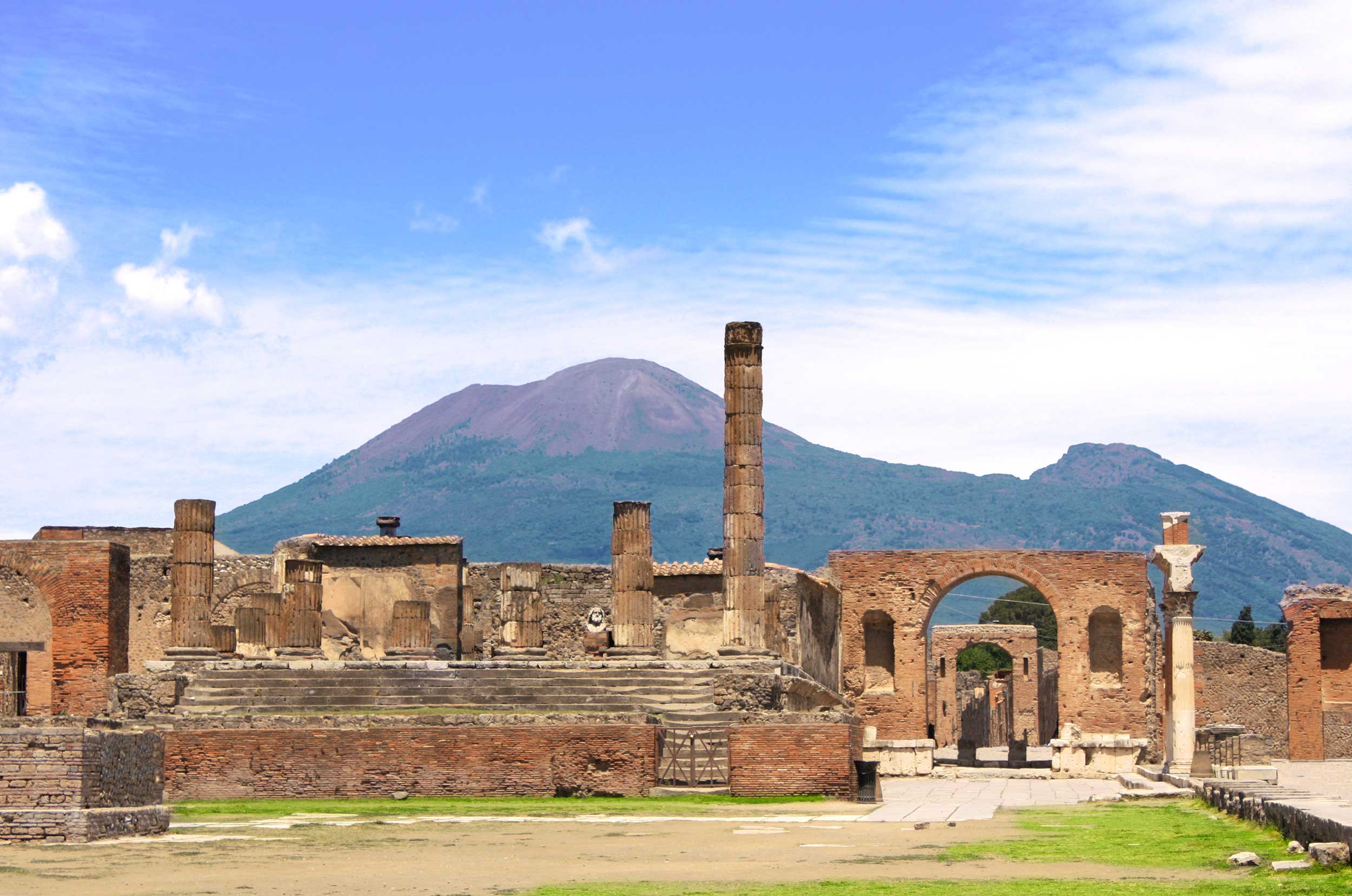
Back in Rome, I am thrown again into the festivities of ‘here and now’. I have now to explore the gastronomic flavours on offer in a city famous for mouth-drooling delights. The best gelato in the world goes hand in hand with a 30-metre queue. I join the line; it’s worth the wait. However in the evening with some friends, led by the enchanting smell of mozzarella, tomatoes and basil to a hidden alley, I discover the same goes for the best pizza restaurant. Now what? Wait again?
No. Out of the blue the doorman points to us:
“You, come in. Table upstairs.”
Are we invited to jump the queue? I am puzzled, but my Italian friends explain:
“Well, he sees a big party hesitating whether to stay or leave, better invite them in!”
So I learn one more thing about Italians: They don’t lose business in this city.
